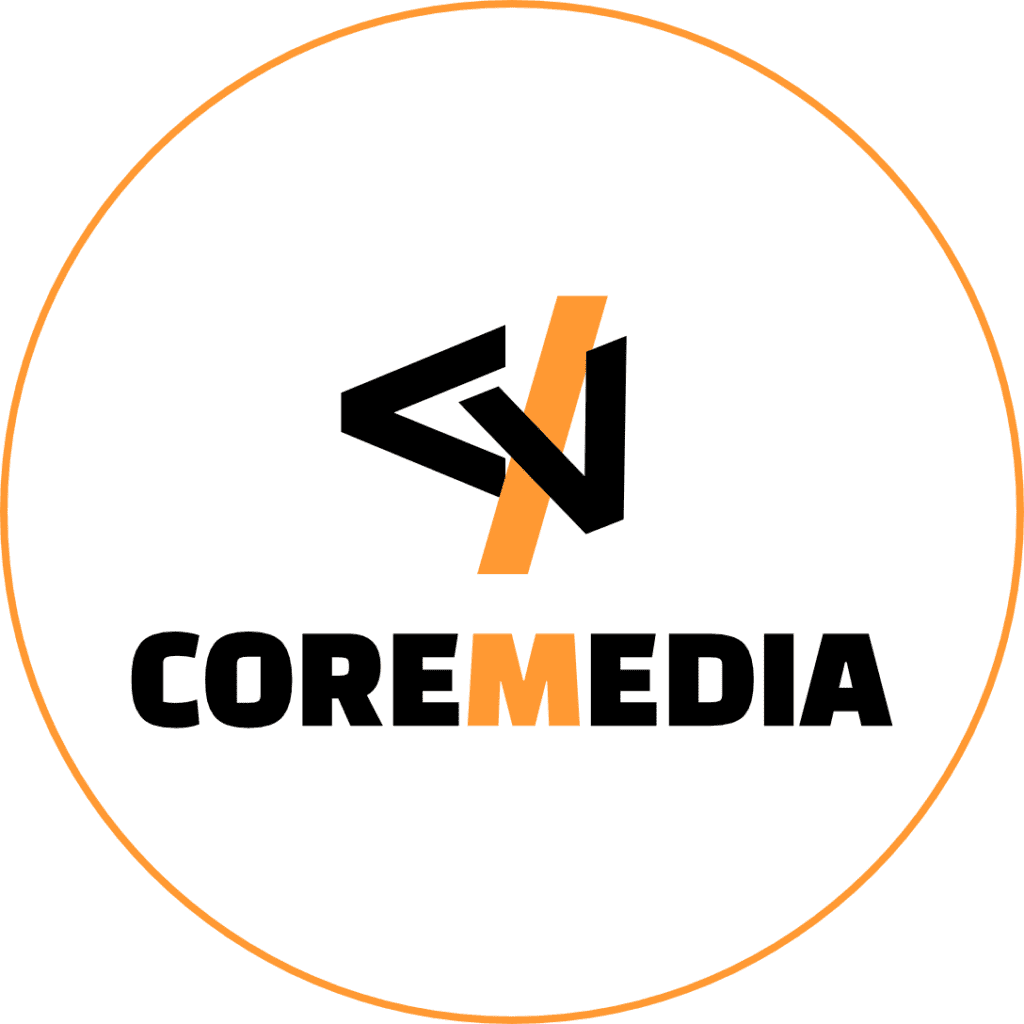1. Understanding Conversion Rates
When it comes to optimizing your website for better conversion rates, the first step is to understand what conversion rates are all about. Determining key conversion metrics is like finding the secret recipe to your website’s success. Identifying conversion funnel stages is like figuring out the checkpoints in a race towards more conversions.
2. Conducting Website Audit and Analysis
It’s time to roll up your sleeves and do some digging. Assessing your current conversion performance is like taking a magnifying glass to see where your website shines and where it could use some polishing. Identifying conversion bottlenecks is like finding out why your website visitors might be getting stuck in traffic instead of smoothly cruising towards conversion.
3. Enhancing User Experience
Picture this: your website is a party, and you want your guests to have the best time possible. Improving website navigation is like putting up signs so your guests can easily find where the fun is happening. Optimizing mobile responsiveness is like making sure everyone, whether they’re using a phone, tablet, or laptop, can join the party without any hiccups.
4. Crafting Compelling Calls to Action
Now, it’s showtime! Designing clear and visible CTAs is like putting up neon signs pointing to the dance floor – you want your guests (website visitors) to know exactly where the action is. Creating persuasive CTA copy is like having a charming host encourage your guests to hit the dance floor – you want your CTAs to be so enticing that visitors can’t resist clicking on them.**5. Utilizing A/B Testing for Optimization
A/B testing isn’t just for the cool kids in marketing; it’s a powerful tool that can help you optimize your website for better conversion rates. Setting up A/B testing experiments involves creating two versions of a webpage (A and B) with one key difference between them, like a Corgi GIF versus a majestic cat image. Once you gather data on how users interact with each version, you can make data-driven decisions to improve your website’s performance. Think of A/B testing as your trusty sidekick in the quest for conversion rate glory.
6. Improving Website Loading Speed
Picture this: a visitor lands on your website, eager to explore your offerings, but they’re met with a loading spinner that never seems to end. Cue the frustration and the rapid click of the back button. To prevent this tragic tale, optimize your images and media files by compressing them without sacrificing quality. Implement caching and compression techniques to ensure your website loads faster than a cheetah on an espresso shot. Your visitors will thank you, and your bounce rates will bow down in gratitude.
7. Leveraging Customer Feedback for Optimization
Your customers aren’t just faceless entities clicking around your website; they’re real people with thoughts, opinions, and feelings (yes, even about your website). Collecting feedback through surveys or interviews can provide valuable insights into what’s working and what’s not. Implement changes based on this customer input, whether it’s adjusting your navigation menu based on a user’s suggestion or adding a dancing banana emoji because, well, why not? By listening to your customers and making strategic tweaks, you’ll be on your way to website optimization nirvana.Conclusion
By implementing the strategies outlined in this article, you can optimize your website for better conversion rates and ultimately enhance your online success. Remember that continuous monitoring, testing, and refining are essential components of a successful conversion rate optimization strategy. Keep your audience at the forefront of your decisions, and always be open to feedback and data-driven insights to fine-tune your website for maximum conversion effectiveness. With dedication and a customer-centric approach, you can create a high-performing website that not only attracts visitors but also converts them into valuable leads and customers.
Frequently Asked Questions
1. How can I measure the success of my website’s conversion rate optimization efforts?
Tracking key conversion metrics such as conversion rate, bounce rate, and average session duration can help you gauge the effectiveness of your optimization strategies. Additionally, setting up goals in Google Analytics or other tracking tools can provide valuable insights into user behavior and conversion pathways.
2. Is A/B testing necessary for optimizing conversion rates?
A/B testing, while not mandatory, is a powerful tool for identifying the most effective design elements, content, and calls to action on your website. Conducting A/B tests allows you to make data-driven decisions and continuously improve your conversion rates based on real user feedback.
3. How often should I update my website to maintain optimal conversion rates?
Regularly monitoring and analyzing your website’s performance is key to sustaining high conversion rates. While the frequency of updates may vary based on your industry and audience preferences, it’s recommended to conduct periodic audits and make iterative improvements to ensure your website remains engaging and conversion-friendly.
